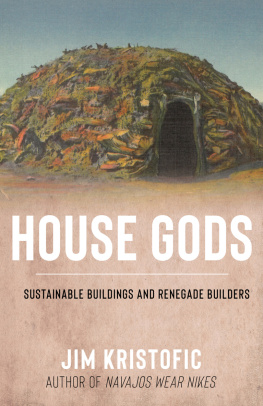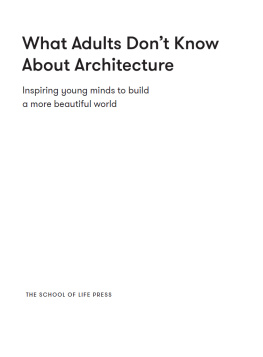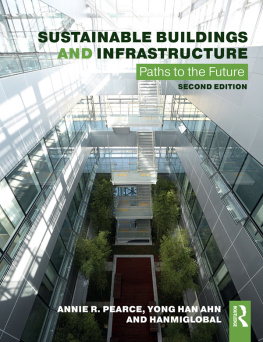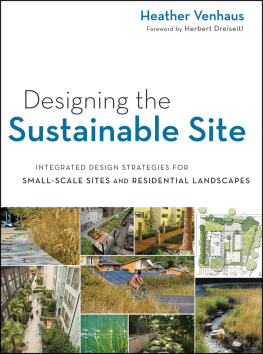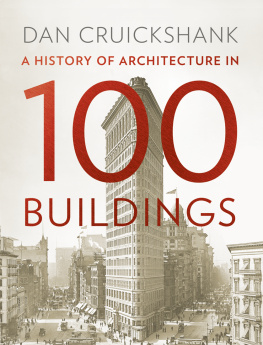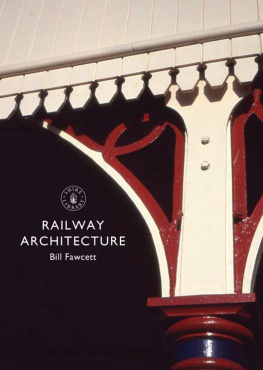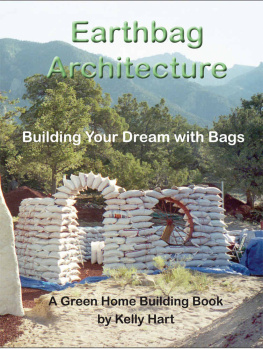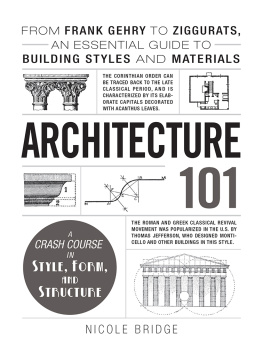Page List
First published in 2020 by
The Crowood Press Ltd
Ramsbury, Marlborough
Wiltshire SN8 2HR
www.crowood.com
This e-book first published in 2020
Derek Clements-Croome 2020
All rights reserved. This e-book is copyright material and must not be copied, reproduced, transferred, distributed, leased, licensed or publicly performed or used in any way except as specifically permitted in writing by the publishers, as allowed under the terms and conditions under which it was purchased or as strictly permitted by applicable copyright law. Any unauthorised distribution or use of this text may be a direct infringement of the authors and publishers rights, and those responsible may be liable in law accordingly.
British Library Cataloguing-in-Publication Data
A catalogue record for this book is available from the British Library.
ISBN 978 1 78500 710 1
Acknowledgements
I HAVE SO MANY PEOPLE among my friends and colleagues to thank for their help, advice and input. Firstly my gratitude to my photo manager Tong Yang for her deft processing of all the photos and arranging drawings with Desislava Veleva; and to Gulay Ozkan and Norma Diaz for checking and formatting the references.
I am indebted to Mina Hasman at Skidmore Owings and Merrill (SOM); Clare Bowman at RCZM Architects; Professor Alberto Estevez at University International Catalunya; Petra Gruber at University of Akron in Ohio; Barbara Imhof at Liquifer Systems Group; Michael Beaven and his colleagues at Arup; Patrick Bellew at Atelier Ten; Stefan Jakobek at HOK; Joyce Chan Schoof at Parliament and Loughborough University; Ann Marie Aguilar at Well Certified; Sandra Gritti at Edge; Renzo Piano Building Workshop (RPBW); Amanda Levete at AL_A; Alexander Bond at Biophilic Designs; Alexandra Morris at Mitie; David Benjamin at The Living Architects New York; James Law Architects, Hong Kong; Neveen Hamza at Newcastle University, UK; Howard Morgan at Real Service; Debra Corey, Global Head of Engagement at Reward Gateway; Marylis Ramos at PRP; Midori Ainoura and her colleagues at PLP; Vyt Garnys and Paul Abijoye at CETEC; Nicola Gillen at Cushman Wakefield; Charlotte Hermans at AECOM; Briony Turner at Institute for Environmental Analytics; Neil Pennell at Land Securities; Toby Benzecry at Workplace Futures Group and Modus; Britni Stone at NBBJ; Farrah Hassan Hardwick (HOK); among many others for discussions that opened my mind to new ideas. Photos are credited, as are companies where appropriate, on the pages where their work appears. Case studies have been generously offered by those above and many others.
A special thank you to my colleagues at the British Council for Offices for their help and encouragement, and also to members of the CIBSE Intelligent Buildings Group. Last but not least, I would like to pay tribute to all the students past and present with whom I have exchanged ideas over many years in the UK, China and other countries. It has been a rich knowledge exchange.
Derek Clements-Croome
Professor Emeritus at Reading University
Visiting Professor at Queen Mary University
London
August 2019
Preface
E VERY GENERATION seeks change and this is reflected by the shifting outlooks in society and advancements in technology. There is a growing sense that we are moving towards an open society in which personalization is strongly evident. Today many people want to work in adaptable environments denoted by such terms as flexi-time and flexi-space.
Many people are involved in the processes that underlie architecture and hence the buildings being newly created or older ones being refurbished. It is important that connectivity between everyone is seamless so that the communication between them all is effective; all too often it is not. There has to be an openness to consider fresh ideas besides an awareness of long-term implications. It is the value of our endeavours that is important, expressed by, for example, the benefits to costs ratio or the social return on investment that should be a vital part of decision-making. Too often perceptions based on costs alone are misplaced.
We spend much of our time throughout our life in buildings. How do they affect us and how does our behaviour affect their performance? Today sustainable development and climate change, together with health and well-being, are two issues that permeate our thinking worldwide. Is it any longer enough to carry on thinking in the same way about how we design, plan and manage buildings? Buildings are viewed here more as organisms rather that static lifeless blocks of materials.
.
I welcome readers to write to me care of the publishers with their ideas and experiences, which I can then reference in any possible future edition.


